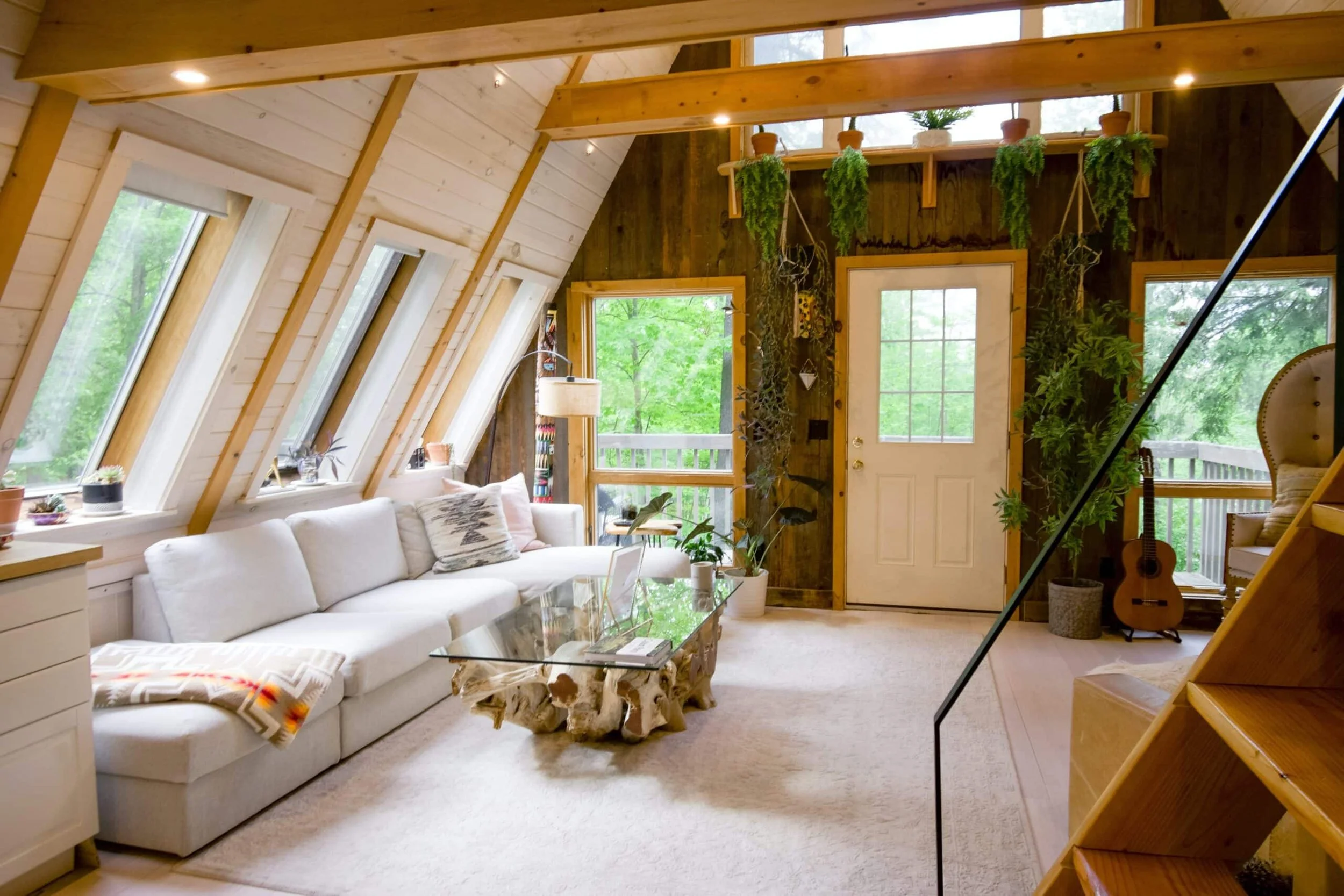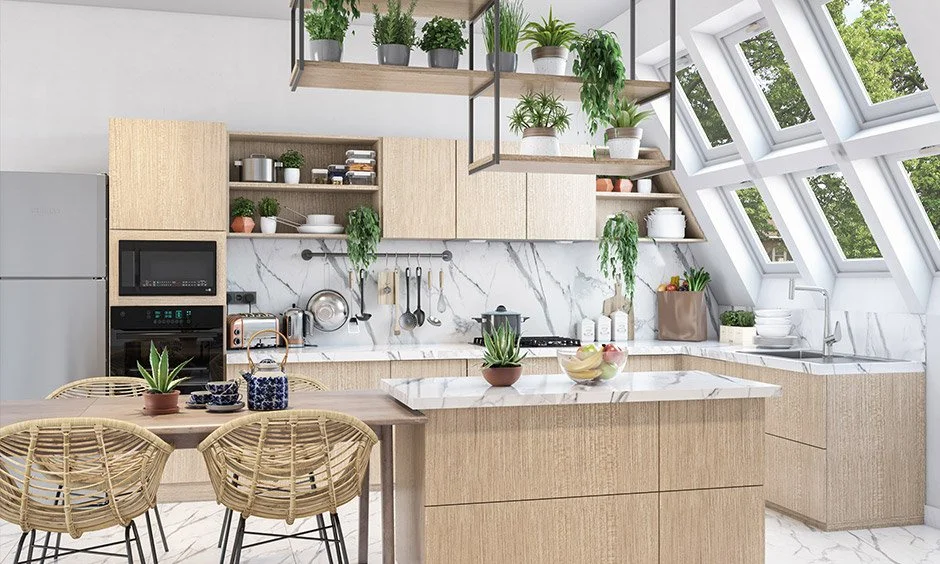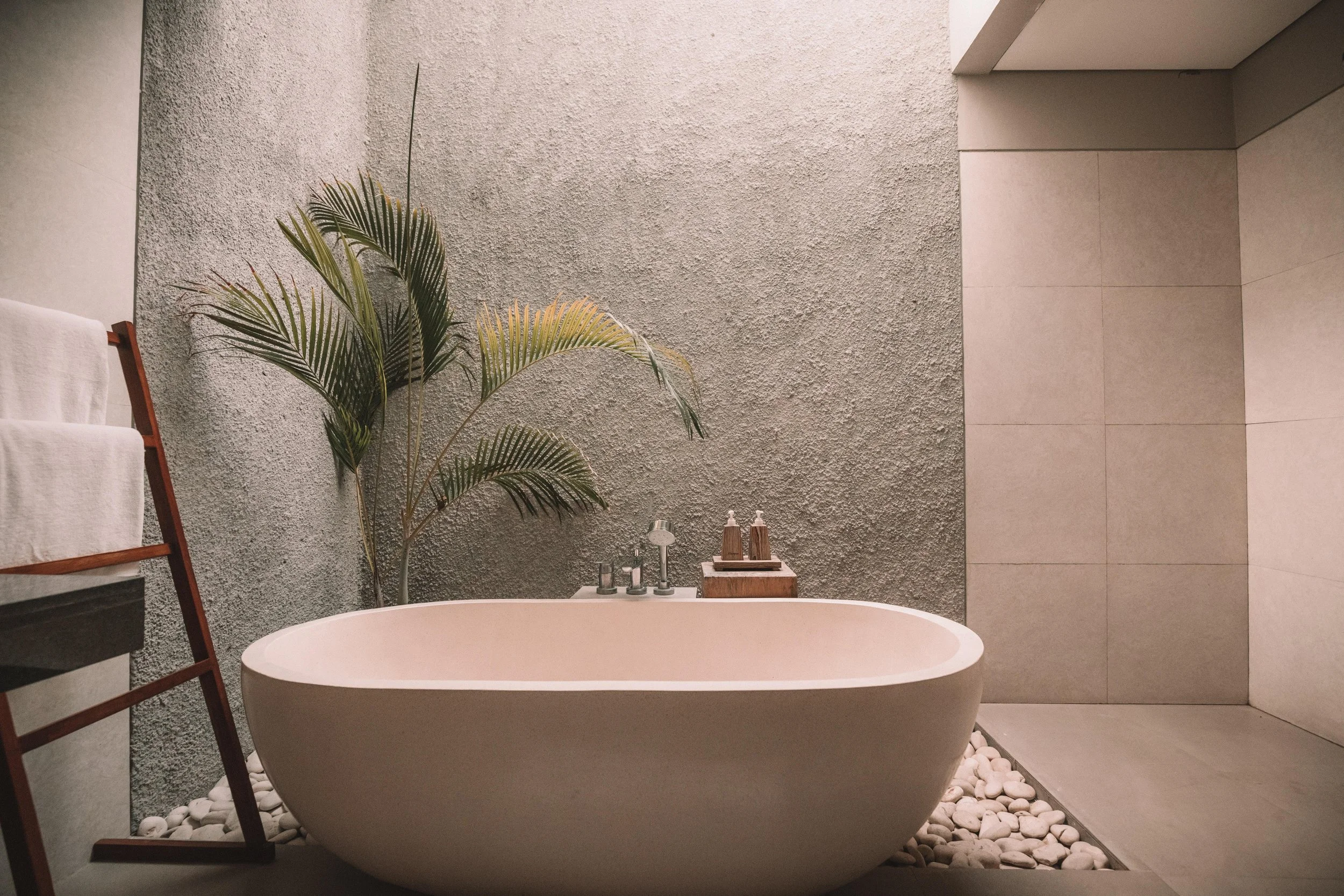What to Look For in a 'Green' Home
Global warming and the growing trend toward sustainable living has made what it really means to live eco-friendly a hot topic. It's not just our food. Many of the common cleaning materials Americans use inside and outside their homes contain toxic materials that can be damaging to your family’s health and the environment.
Going green, science keeps proving, is a good way to live more economically and ethically.
Being environmentally responsible used to be difficult, however, especially when there weren’t very many environmentally safe products on the market. People often had to use their creativity and ingenuity to avoid using cleaning materials that contain toxic substances. Fortunately, today there are many things you can do to “go green.”
Whether remodeling, or moving into a new house or apartment, there are three key factors to consider.
IAQ.
One of the chief concerns of the environmental movement has been the prevalence of unsafe internal air quality. Many homes contain synthetic materials and oil-based paints that present a litany of health concerns. Industrial carpeting is one of the chief culprits.
The VOCs (volatile organic compounds) that are present in many forms of carpeting today can be damaging to the central nervous system and aggravate breathing problems. Some people have even experienced seizures, tremors, nausea and fainting that were attributed to the toxic elements in some carpeting.
Opt for eco-friendly paints instead of common commercial brands that are laden with VOCs. Some latex paints, which are safer for the environment than oil-based brands, contain low levels of biocides. There are also alternatives made from natural materials, such as milk and milk byproducts.
Paints and stains from American Formulating and Manufacturing use no toxic chemicals and comply with stringent emissions standards. Many such companies specialize in plant-oil-based paints and sealants that are safer for humans than commercial brands.
Energy conservation.
The traditional incandescent light bulbs you’ve probably used since you were a child are immensely uneconomical and wasteful compared to newer, longer-lasting LED or CFL light bulbs. Light-emitting diode bulbs are as much as 80 percent more efficient than incandescent bulbs, wasting only 5 percent of their output, compared to fluorescents, which use only 5 percent of their total output for actual lighting.
Although you pay more, you save considerably over time by using LED bulbs, which means fewer burned out bulbs going into the trash and finding their way into the environment.
You can also conserve energy by redressing your windows to let in more natural light, changing your furnace filters on a monthly basis, not setting your thermostat too high or too low (low 70s is the commonly recommended temperature), and ensuring your windows and doors are properly sealed. Using surge protectors and power save-mode on your TV also helps to reduce the amount of energy wasted when we leave electronic devices unattended.
Water consumption.
The average American wastes a significant amount of water and money each year due to leaky toilets, faucets and other plumbing factors. According to the EPA, the average family can waste up to 9,400 gallons of water a year.
Don’t hesitate to install water-efficient faucets and replace poorly functioning toilets with high-performance, low-flush alternatives. They save water and are especially effective in drought-stricken parts of the United States.
Bottom Line.
If you’re in the market for a new home, consider looking for one with eco-friendly features. You’ll pay a little more, but you’ll save considerably on living and utility costs. You’ll also establish a green and economical lifestyle.
The improved insulation, Energy Star appliances, programmable thermostats and sustainable lighting have made environmentally friendly homes very popular.
Suzie Wilson is an interior designer with over 20 years' experience. What started as a hobby (and often, a favor to friends) turned into a passion for creating soothing spaces in homes of every size and style.
She created the Happier Home website as a side project to help people near and far learn how to enhance their homes so that they’re picturesque and peaceful. Suzie's debut book, The Ultimate Guide to Prepping Your Home for an Open House, is coming soon to online retailers and bookstores near you!



